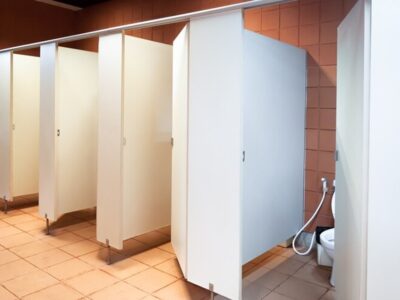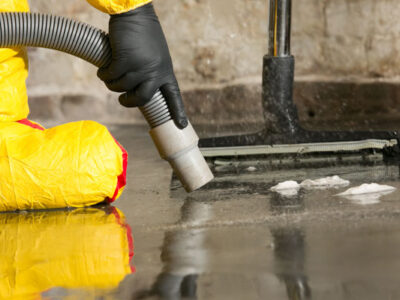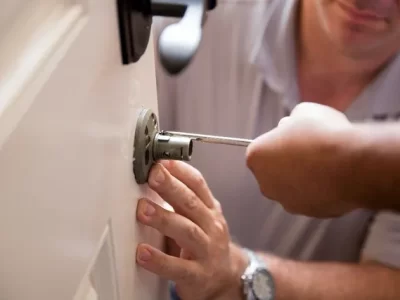You do not need to have a mansion or a big estate to enjoy gardening. You could be living in a middle-class suburb or in one of the high-rise residences near one of the central business districts of Dubai, and the presence of plants (even in a small pocket of space) would be a very welcome sight. Whether you are an expat or a native resident of the city, you can always find solace and relaxation in a garden of your own.
If you want a garden for your home, community, or place of work, the area need not be very large or palatial in proportion for it to be enjoyable. Even if you have only a few square meters of land for a lawn, you can convert it into an exquisite garden with its own personality.
You may look for various companies that offer professional services for landscape designs in Dubai. However, before hiring a contractor, you should at least have some basic ideas when it comes to optimizing your small space.
Here are seven cost-effective and practical ideas to get you started.
- Choose plants and materials that are easy to find
You might have seen some photos of gardens from faraway places and thought about copying the designs. The problem with tackling this, however, is that materials may not be readily available in the local garden stores.
Avoid using non-endemic plants. For instance, instead of looking for cherry blossoms (sakura), you can instead look for flowering plants that are suitable for the climate in Dubai, like bougainvillea.
If you focus on locally available plants and materials for your garden, you can save on the transportation costs. This is a trend in landscape design that is known as hyperlocalism. As much as possible, all plants and other garden elements must be locally sourced. And of course, endemic plants are sure to thrive better than non-endemic plants in the local environment.
- Let oversized pots or planters double as enclosures
If you want to have some privacy for your home, you can use oversized terracotta pots or planters to surround your patio. These will serve as an enclosure, providing some privacy. You can then plant an assortment of plants using the oversized planters, from vegetable plants to wildflowers.
So, instead of planting hedges or constructing a gazebo, the planters can serve as movable walls. You can position these in any are you like to improvise an enclosure.
- Build vertical or tiered planters
You can maximize the small space if you build vertical or tiered planters. Try using old wooden boards or simply erect a pole where you can hang the plant pots.
Elevated planters can also be used as nurseries for sensitive seedlings that need to be protected from your pets, like dogs or cats that tend to dig into soil.
- Utilize your ceiling for hanging plants
If you have a porch or a roofed patio, you can use the ceiling to hang plant pots. Some plants like orchids and flowering vines ideally grow from elevated places. You can use hooks and chains for the ceiling plants.
- Use a decorative pavement finish
If you have a garden on top of a building, you may use decorative pavement finish to accentuate the greenery. The decorative coating for the pavement can also create an impression of opulence, depending on how you or your landscape designer conceptualize it.
- Obscure some parts of the yard
You can create an illusion of a larger space if you obscure some parts of the yard. Do this by placing plants and other garden elements in such a way that the entire garden cannot be viewed from any vantage point within the garden.
For instance, you can have a curving pathway obscured by plants, creating the appearance that it leads to a bigger courtyard.
- Use a fence or a wall of the house for climbing vines
Instead of building new pergolas or trellises, you can use the existing trellis and exterior walls of your house for encouraging the growth of climbing vines. You can even allow the vines to climb over the roof of your house.
It’s all about mixing it up
You can use all or a combination of some of these basic strategies for optimizing a small garden area. The important thing is that you should mix them up. You can try different arrangements every few months. Ask your landscape designer for advice on what plants, garden decor or planters are the best to use and can provide you with several possible configurations in a small space.
AUTHOR BIO
Rachel Hennessey manages the Pools and Landscaping Division of Hennessey LLC. She also works on Tender and Pre-Qualification and brings in new business to the company’s Construction, Interiors and Civils Division.













Comments